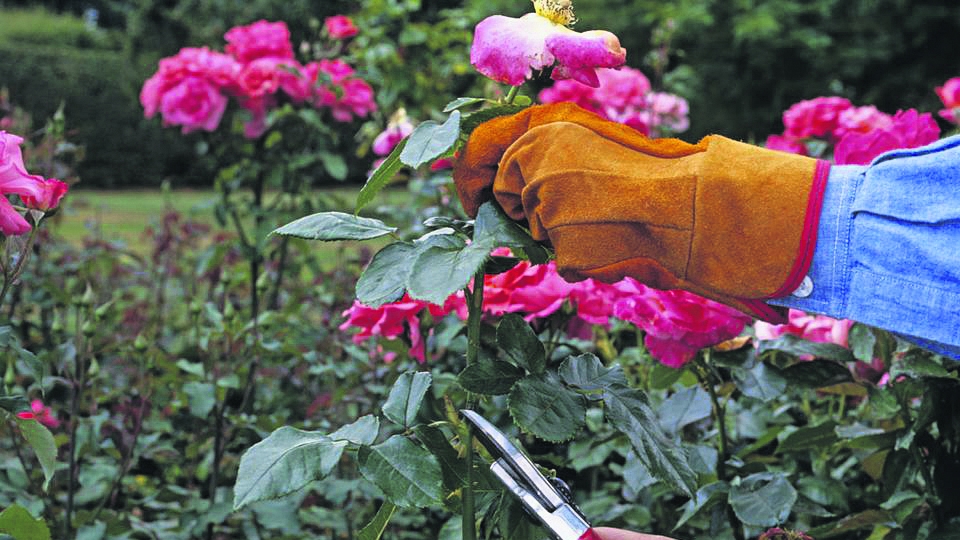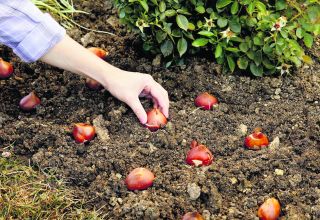July is a very productive month in the garden. All the hard work put in during the spring now starts to pay off, with so much fruit and vegetables ready for harvest. By the end of July we can be swamped with delicious veg such as cucumbers, courgette, Swiss chard, lettuce, beetroot and French beans. Whilst it’s a great month for relaxing a little and enjoying your garden, it’s also important to keep on top of weeding, watering, deadheading and pests.
Keep your pond in top condition
Ponds and other water features really need some extra care in July and August to keep them healthy and looking good.
Look out for any yellowing leaves If they are left on water lilies and other water plants, remove them promptly. Allowing them to fall off and rot in the water will decrease water quality.
Remove blanket weed. This will let oxygen into your pond. Use a net or rake and remember to give aquatic life a chance to get back to the water by piling the weed next to the pond for a day.
Top up water levels. Water can evaporate rapidly from water features and ponds in the height of summer, so top them up if the water level drops significantly. Rainwater from a water butt is best – chemicals in tap water can affect the nutrient balance in the pond.
 It’s time to feed and weed
It’s time to feed and weed
Flowerbeds and borders will be blooming by now, but don’t leave plants struggling to find nutrients in depleted soil.
Apply a good quality liquid feed to plant roots once a week to keep growth healthy, increase flower production and longevity and ensure a good yield in the case of food crops.
This is especially important for containerised plants that rely entirely on the compost in their pots to meet their nutritional needs. Always ensure plants are hydrated before you feed them, otherwise fertiliser can burn roots and inhibit nutrient uptake.
Deadheading one of high summer’s most important tasks
Deadheading can be one of the more tedious summer jobs but is very essential. It also keeps containers and hanging baskets looking immaculate throughout the summer.
Plants that respond well to deadheading include pansies and violas, geraniums, roses, lupins, delphiniums and phlox.
Note that some plants, such as fuschias, lobelia and salvias, don’t need deadheading, as they do not set much seed. Also avoid deadheading plants that have ornamental seeds or berries, such as Love-in-a-mist and alliums
Most flowering plants will produce more flowers with regular deadheading. Removing fading flowers stops them from going to seed, preventing the plant from thinking it has achieved its reproductive goal and directing its energies into producing seeds rather than further flowers.

Check soft fruits regularly
Producing fruits at this time of the year makes plants thirsty, currants particularly so. Water at the roots so as to avoid encouraging damp related diseases. Strawberries are prone to these so don’t wet their leaves and avoid overwatering which can also cause trouble such as botrytis.
Mulch around fruit trees and bushes to conserve moisture. Apply a two-inch layer of mulch after its rained when the ground is damp, making sure not to let the mulch touch the trunks or stems. Make sure the ground is first clear of grass and weeds.
If you train your apple and pear trees they will need a summer prune. This should be done when the bottom third of the new shoots have toughened up and become woody. Depending on where you live this could be any time from now until early August. The idea is to prune to let light reach the fruit.
First: prune new shoots that are growing from the main stem (but only those longer than eight inches) to about five leaves from the base
Second: prune new shoots growing from side shoots to one leaf from the base (not cutting off any fruit!)
Third: prune out vigorous vertically growing shoots.
If more shoots grow cut these out in September.
 Tasks in the busy vegetable patch
Tasks in the busy vegetable patch
Weed between rows, especially if it’s dry so as to stop the weedlings stealing all the moisture.
Watch out of signs of powdery mildew on courgettes and squashes and remove infected leaves – binning or burning but do not add to the compost.
Keep sowing salads, carrots and beets remembering that if it’s very hot you’ll need to plant lettuces and beets in cooler spots. Sow seeds of varieties bred not to bolt and water well.
Keep watering beans and pick pods before they get too big. If slugs have got to them there’s time to sow some fast growing beans now. Or sow some dwarf beans which will mature by autumn. Capitalise on rain by mulching around the base of your beans.
Pinch out the side shoots of tomatoes. These are the small leaves that form at the base of the main leaves where they meet the main stem. Feed regularly every 10 to 14 days and make sure they do not dry out or developing fruits will split. See more on tomato growing.
Harvest early potatoes and garlic. Wait for garlic leaves to turn yellow but lift before all the foliage dries out. Second early potatoes will be ready to lift around now once the flowers have opened or the buds dropped.
Water well. Fruit in containers in particular will need a thoroughly good soaking when the surface of the soil feels dry. Water until water drains out from the bottom. Don’t water again until the surface has dried out. In dry weather water every fortnight or sooner if the soil is dry a good spade’s depth down.
Plus
- Pinch out annuals -almost all flowering annuals (e.g. zinnias, antirrhinums, cleomes, cosmos and sunflowers, as well as pot plants such as fuchsias) need pinching out. Remove the tip of main flowering shoots to encourage them to bush out
- Start taking cuttings of tender perennials such as salvias, pelargoniums and penstemons.
- Clear the earlier-flowering biennials such as sweet william and sweet rocket, which are over now with seed pods starting to brown. Plant the last of the half-hardy annuals in their place – cosmos, nicotianas, zinnias and cleomes – for flowers into the middle of autumn.
- Thin biennials











